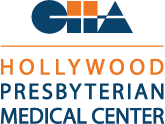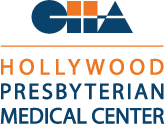
|
|

One of the largest minority populations in the U.S., African Americans exhibit a different pattern of eye diseases than other racial and ethnic groups. Specifically, African Americans are believed to have higher rates of visual impairment, blindness, open angle glaucoma and diabetic retinopathy, but lower rates of age-related macular degeneration (AMD) than non-Hispanic whites. Yet most of the data informing AFEDS estimates are from two population-based assessments conducted 25-30 years ago: Baltimore Eye Survey, 1985-88, and Salisbury Eye Evaluation Project, 1993-95. Current data on eye health and utilization of care are essential to understanding the magnitude of the ocular disease burden upon quality of life and health care resources. AFEDS — the largest study of African American eye health and disease in the U.S. — is designed to fill the gaps in our understanding. When completed, it will be one of the first studies to use modern diagnostic techniques and clinical definitions for precise prevalence estimates of:
The population-based, cross-sectional study includes more than 6,000 African Americans 40 years of age and older residing in and around Inglewood, California. The data AFEDS obtains can be used to identify the most urgent eye care needs in African Americans and investigate associations of clinical, biologic and lifestyle risk factors with ocular disease. This information will be invaluable to public health professionals and policy experts for health care planning, resource allocation, counseling and rehabilitation services. |
 ENGLISH
ENGLISH  РУССКИЙ
РУССКИЙ 


